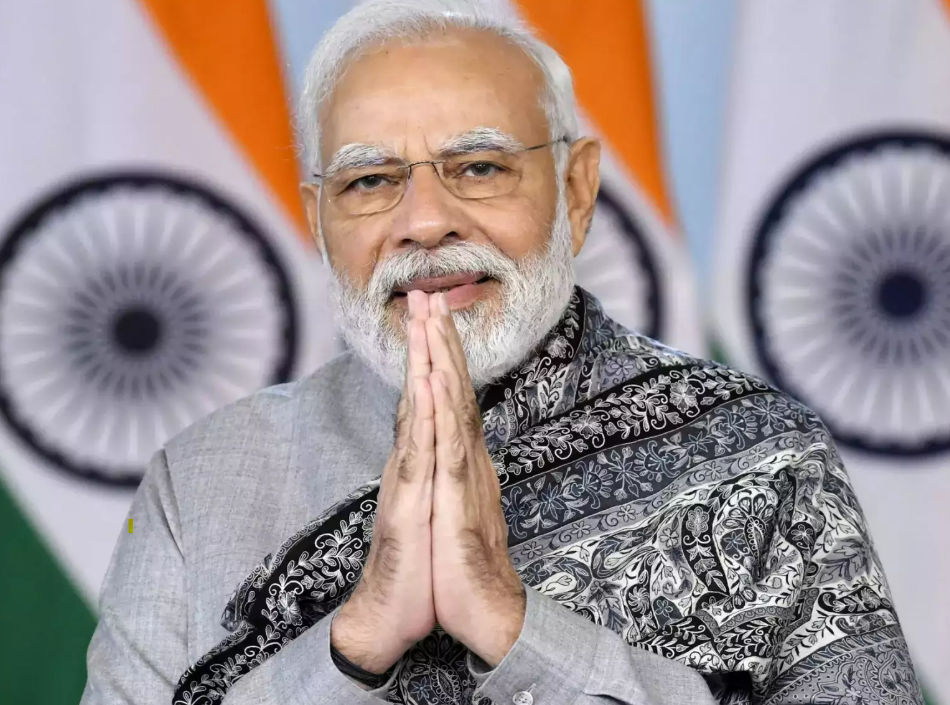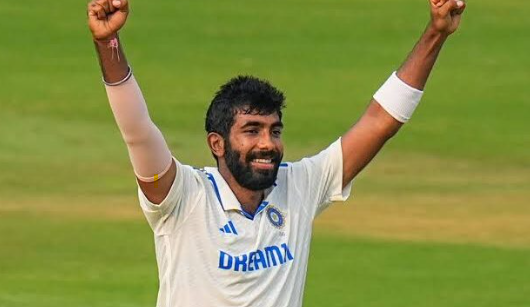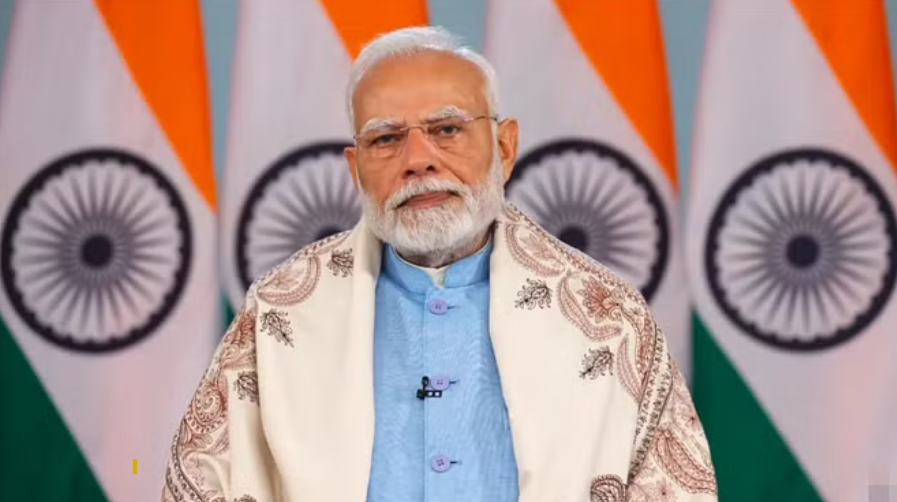In a groundbreaking move, India has approved tele-surgery, marking a revolutionary shift in the medical field. With this technology, complex surgeries like those for cancer and neurology can now be performed in remote, smaller hospitals. Using robots and wireless systems, surgeons can operate from miles away without being physically present in the operating theater.
Indigenous Technology and Tele-Surgery Expansion
Following the success of the e-Sanjeevani telemedicine initiative, India has now embraced tele-surgery through robotic technology. SSI Mantra, an Indian company, developed this indigenous technology, which was rigorously tested nationwide under the oversight of the Central Drugs Standard Control Organisation (CDSCO) to ensure safety and efficacy.
Key Trials and Success Stories
- In Gurugram, senior doctor Sudhir Rawal successfully conducted surgery on a patient at Delhi’s Rajiv Gandhi Cancer Institute.
- In June 2024, Dr. R.K. Mishra completed a remote surgery five kilometers away from his location in Gurugram.
- Out of six trials conducted so far, five have been entirely successful.
Features of Tele-Surgery Technology
Surgeons use gaming-like consoles and 3D monitors to perform procedures. Special glasses provide a realistic operation theater experience, enabling surgeries over distances ranging from 100 to 1,000 kilometers.
India’s Global Milestone
While tele-surgery was first tested in New York in 2001, India and China have now emerged as leaders in advancing this technology. Dr. Sudhir Srivastava, founder of SSI, hailed this as a transformative step for healthcare, poised to revolutionize medical services in India in the coming years.



